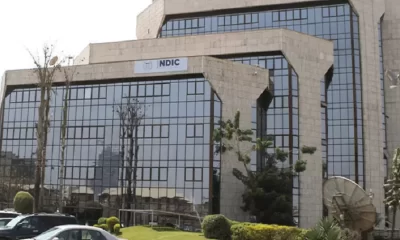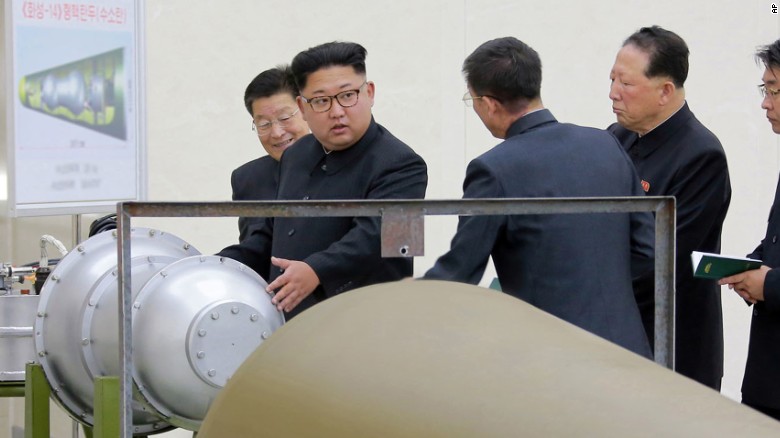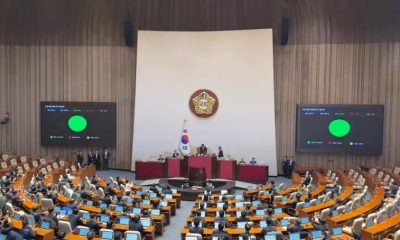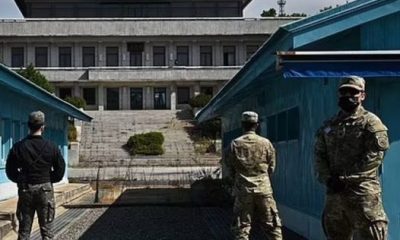According to South Korea’s defence military, North korea appears to be preparing for launch of ballistic missiles, possibly intercontinental .
It follows North Korea’s claim on Sunday that it tested a hydrogen bomb – prompting the US to warn of a “massive military response” if it or any of its allies were threatened.
South Korea will now ramp up its own military response, its defence ministry said.
Since Sunday the South has fired missiles into the sea to simulate an attack on the North’s main nuclear testing site.
It is also preparing fresh military drills with the US.
An official with south korea’s defence military ,Chang Kyung-soo, told MPs that Seoul was seeing preparations in the North but did not provide details about how officials had reached that assessment.
He told a parliamentary hearing: “We have continued to see signs of possibly more ballistic missile launches. We also forecast North Korea could fire an intercontinental ballistic missile.”
ALSO SEE: The weapon North Korea possesses that should make the whole of US very scared
South Korea currently has two of the US’ Terminal High-Altitude Area Defense (THAAD) launchers and said it would now install another four.
The presence of the THAAD system has infuriated China.
The South’s defence ministry said in a statement: “Four remaining launchers will soon be temporarily deployed through consultations between South Korea and the US to counter growing nuclear and missile threats from the North.”
However, Japan said it would be seeking to add the US-developed Aegis shore-based missile intercept system to its defences as a result of the latest test.
On Sunday, Kim Jong Un’s regime said North Korea’s sixth nuclear test was a “perfect success” and involved a bomb designed to be mounted on its newly developed intercontinental ballistic missile.
South Korean officials said the blast was the equivalent to 50,000 tons of TNT (50kt), three times the size of that which destroyed Hiroshima at the end of WWII.
The Hiroshima blast vapourised everything within two miles of the blast centre and killed 66,000 people.
The officials later added that they believe the North’s latest weapon had been miniaturised to fit into a missile.
There has been no independent confirmation that the detonation was a hydrogen bomb rather than a less powerful atomic weapon similar to those Pyongyang has tested in the past.
Hydrogen bomb blasts are usually measured in megatons of TNT.

 Politics7 days ago
Politics7 days ago
 Business5 days ago
Business5 days ago
 News1 week ago
News1 week ago
 Business5 days ago
Business5 days ago
 Business1 week ago
Business1 week ago
 Business5 days ago
Business5 days ago
 Business5 days ago
Business5 days ago
 Crime1 week ago
Crime1 week ago













